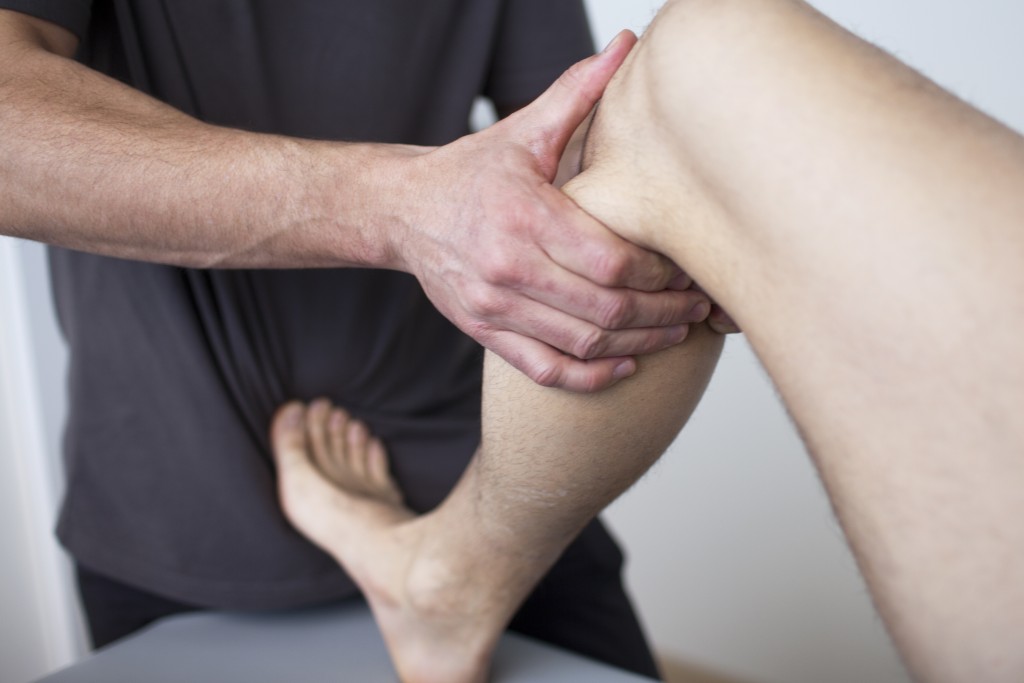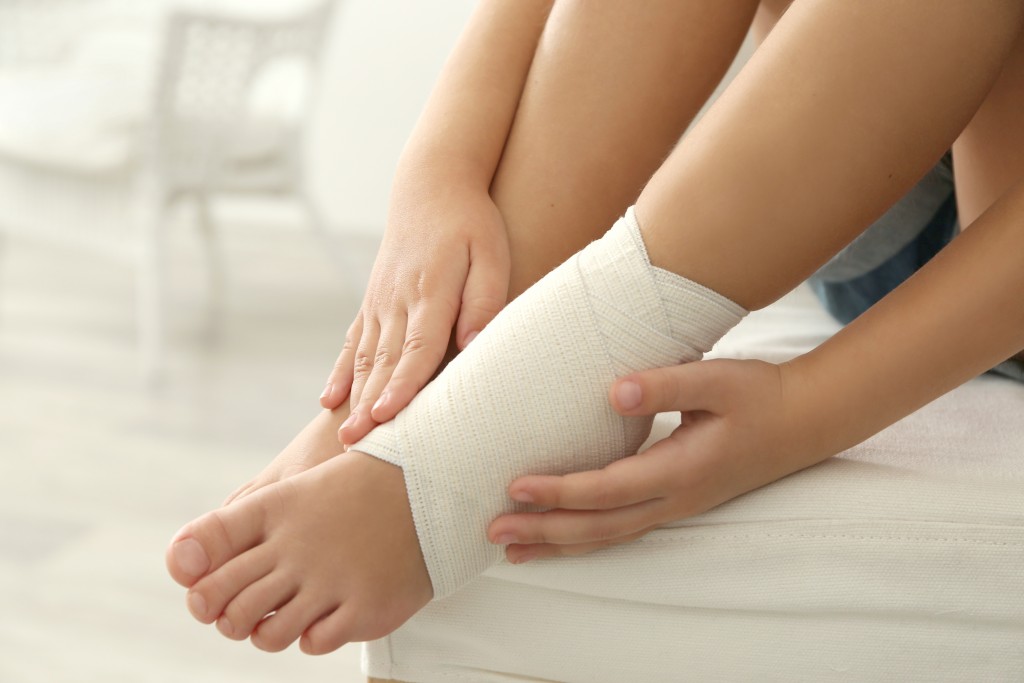Imagine being on track with your exercise routine. You’ve been waking up early every day and following the 30-day plan created by your fitness trainer. It will only be a couple more weeks before you’ll reach your ideal body mass index. Then suddenly, all it took was one misstep while making lunges or jumping jacks for your ankle to twist and become sprained. The momentum you’ve been building up is screeching to a halt as you’re now forced to hobble and keep off the weight from the injury.
Sprains in the ankles are frustrating. You’ll be held back at least two weeks if it’s a minor sprain and up to a month or more if it’s a major one. It also depends if first aid was immediately applied during the time of the incident. Inaction during the first 24 to 48 hours increases the inflammation and pain, which will further stretch and tear the damaged ligaments. That is why everyone should know the RICE treatment that stands for rest, ice, compression, and elevation. These sprains can happen anywhere, whether you’re on your way home from a private food allergy testing or getting a drink from the refrigerator in the kitchen. As long as people are walking, they’re prone to ankle sprains.
You might be tempted to treat the off-time as a break from the exercise routine. An excuse to relax on the couch and watch Netflix shows all day. However, the lack of physical activity might derail all the progress you’ve done in the past weeks. Working out is still possible despite a sprain. Rehabilitation exercises like stretching and range-of-motion movements can help fast track the healing process and lessen the chances of reinjury.
You can try these exercises that train other parts of the body:
Swimming and other low-impact water sports
Swimming has long been used as a low-impact cardio exercise. The water’s buoyancy ensures your weight is supported, without it putting any strain on the injured ankle. That is because the body becomes lighter, as the water bears 90% of the weight while the person only has to deal with the remaining 10%. It is also an excellent alternative for people experiencing problems with their joints, especially when they get overextended during intense running and jumping routines. For extra protection, putting a device that can help you float or a pool buoy can help shield the ankle as you do swimming strokes.
Push-ups

Unfortunately, an ankle sprain is not an excuse to shirk on doing multiple push-ups. A modified push-up is still possible wherein you go down to your knees, with the injured foot locked behind the ankle of the other foot. In this position, the knees bear some weight instead of just the arms and feet. You can also execute a modified version of the different types of push-up positions like the diamond push-up or the staggered hands push-up. As they say, when there’s a will, there’s away.
Seated upper body workouts
Another way to keep moving is by doing seated upper body workouts. All you need are weights to engage in shoulder or triceps exercises. The key here is to maintain the right sitting posture while keeping controlled movements for maximum effect. Options are aplenty with arm workouts that don’t need to use the ankle.
Injuries are a part of the fitness life, but it doesn’t have to derail the gains you’ve made. All you need to do is to tweak your routine that will focus on the other body parts while doing rehabilitation exercises for ankle sprains.



